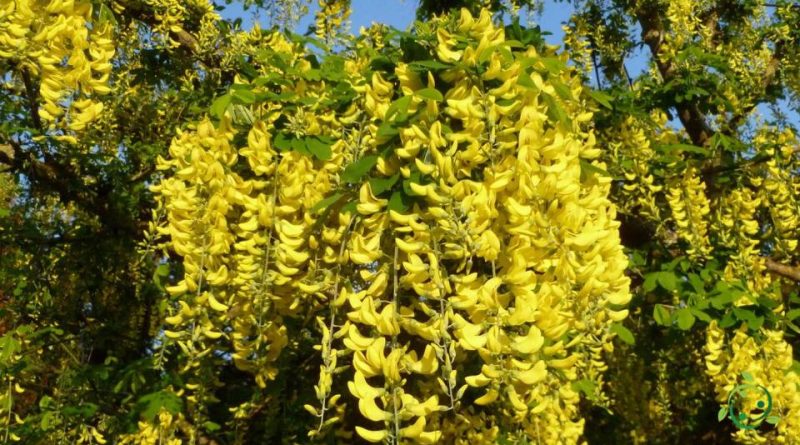How the Laburnum is grown
How the Laburnum is grown
Laburnum (Laburnum anagyroides Medik., 1787) is a small deciduous tree of the Fabaceae family, native to southern Europe, from southwestern France to the Balkans. In Italy it is present in all regions, excluding the islands.
This plant has yellow flowers, gathered in dense, hanging and up to 30 cm long racemes. The fruit is a 5 cm long, irregularly shaped legume.
Cultivation –
For the cultivation of Laburnum anagyroides it is necessary to choose sunny positions; the plant does not fear the cold, but it can fear excessively hot and dry climates, such as those of the southern areas of our peninsula.
The soil must preferably be loose and deep, preferably calcareous and very well drained; however it tends to adapt quite well even in not exactly favorable and coarse soils also because being a Fabacea it is a plant that improves the soil, because it lives in symbiosis with nitrogen-fixing bacteria (Rhizobium leguminosarum).
As far as water supplies are concerned, the plants planted for some time, with a well-developed root system, are satisfied with the rains; for young plants, on the other hand, they should be watered during the summer season, always waiting for the soil to dry well between one watering and the next.
Fertilization must be carried out at the plant (in the hole that will be made to house the roots of the plant) and every end of winter, near the collar of the plants, with fully mature organic fertilizer.
Laburnum can propagate by seed, in spring; the seeds are fertile only after scarification, before being buried it is advisable to wipe them with sandpaper, to facilitate the penetration of water inside the seed and allow the sprout to develop. In summer it is possible to practice woody cuttings with a good percentage of success.
There are also hybrid varieties of this plant, also suitable for places with very hot summers, such as Laburnum x watereri, with very abundant flowering.
Uses –
Laburnum wood is used in various jobs; it is very hard, dark and is used in violin making. The green parts of the plant and the seeds contain cytisine, a toxic alkaloid that causes vomiting, diarrhea and respiratory paralysis.
For this reason, the seeds of laburnum are very poisonous, so it is advisable to avoid planting these plants in places very frequented by children or grazing animals.

